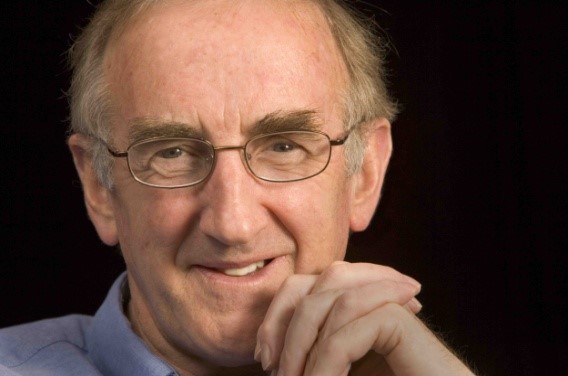生命科学学院学术讲座
Title: Structural Biology: Getting in on the Ground Floor
Abstract:
The talk will begin with some comments and personal reminiscences on the “early days” of structural biology. A summary will then be given of some of the insights into protein structure, stability and folding based on our studies of T4 phage lysozyme. These studies suggest that less than 50% of the overall amino acid sequence of a protein may be necessary to define its three-dimensional structure. It is the internal residues that seem to be more important for folding and stability (although not necessarily for function). Substitutions within the core of the protein of large non-polar side-chains with smaller ones have been used to better understand the nature of hydrophobic stabilization. Mutants that produce the largest cavities within the protein tend to be most destabilizing, allowing the energy cost of cavity formation to be estimated. Small, non-polar ligands bind within such cavities and restore some stability to the protein. Analogous, non-polar ligands do not bind, however, consistent with the crystallographic evidence that water molecules do not bind within non-polar cavities. A brief discussion will be included on the advantages and risks of flash-freezing in macromolecular crystallography, and also on the use of cryo-electron microscopy versus X-ray crystallography.
Speaker: Prof. Brian Matthews

Biography:Prof. Matthews’ research interests focus on the structure, function and folding of proteins. His group has determined the structures of a number of different proteins including the the DNA-binding protein Cro repressor and the T4 lysozyme. They were the first to understand the basis of protein stability and to show that proteins of enhanced stability could be designed rationally via genetic engineering. He is a Member of the U.S. National Academy of Sciences and the American Academy of Arts and Sciences and currently serves as The Editor-in-Chief of Protein Science.
欢迎各位老师同学积极参加!

